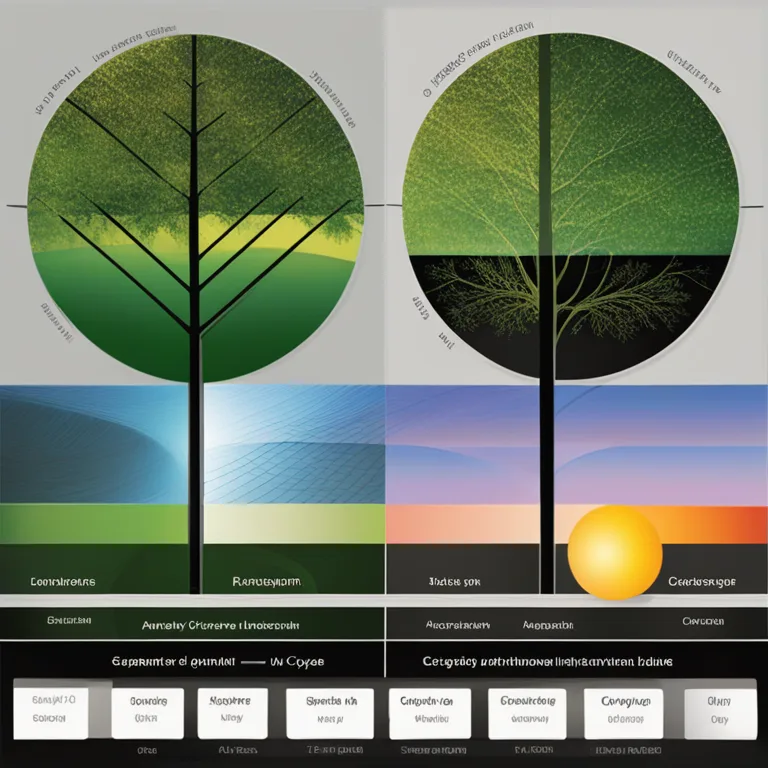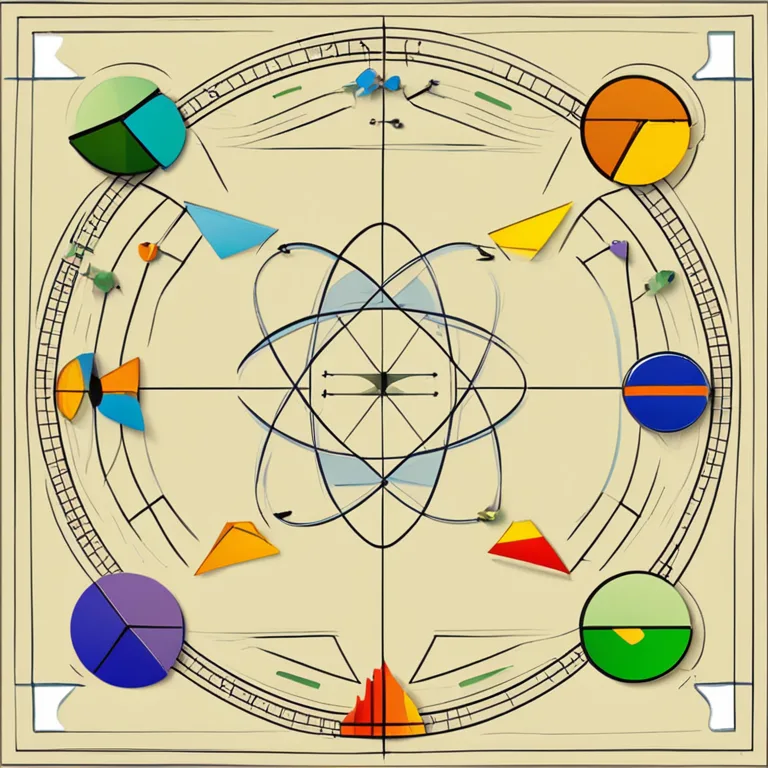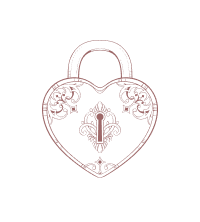
The Human Biorhythm Cycle: Physical, Emotional, & Intellectual Rhythms
Explore the concept of human biorhythm cycles and how these intrinsic patterns potentially influence our daily lives, physical energy, emotions, and mental capabilities.
article by Adrian Wallace
Introduction to Biorhythm Theory
The study of biorhythms dates back over a century, predicated on the belief that humans operate on cyclical patterns that impact various capacities of our existence. The core concept of the biorhythm theory postulates that from the moment of birth, individuals are influenced by natural physiological cycles that affect their physical state, emotional well-being, and intellectual faculties. These cycles, typically spanning distinct periods, regularly recur throughout one's life and are thought to predict times of strength or weakness in each domain.

The Three Primary Cycles
Within the biorhythm model, three primary cycles are universally recognized. The first is the Physical Cycle, lasting approximately 23 days, which relates to one's vitality, stamina, and overall health. The second, the Emotional Cycle, spans about 28 days, reflecting ups and downs in mood, creativity, and emotional stability. Lastly, there's the Intellectual Cycle that lasts 33 days, governing logic, analytical thought processes, decision-making, and alertness. Accurate tracking of these cycles presents the potential to anticipate optimal and suboptimal phases for various activities.

A Day in the Life of Your Biorhythms
Understanding biorhythms can lead to informed decisions about when to embark on demanding tasks or seek relaxation and recuperation. For instance, during a high phase in your Physical Cycle, engaging in sports or physical projects may seem more manageable and fruitful. Conversely, during a low Emotional Cycle, one may prefer solitude or activities that require less emotional investment. An Intellectual Cycle on the rise might be an excellent time to tackle complex problems or learning endeavours.

The Intersection and Interaction of Cycles
As each cycle ebbs and flows independently, their intersection creates complex patterns unique to every individual. There are days when all three cycles are at peak performance (high phase), potentially leading to heightened experiences and achievements. There may also be periods when all cycles are at a low point, indicating a time for caution and rest. It's the interplay between these patterns that can offer more nuanced perspectives on one's biorhythmic state at any given time.
Utilizing Biorhythms in Contemporary Life
The utilization of biorhythm analysis has extended into various fields, from personal development to professional planning. Modern software and applications can track and predict individual cycles, allowing users to plan ahead for critical events like negotiations, exams, surgeries, and athletic competitions. As the interest in holistic and personalized health grows, so does the integration of biorhythm tracking as a complementary practice to enhance one's lifestyle, performance, and well-being.
Scientific Scrutiny and Future Directions
While intriguing, the concept of biorhythms has faced skepticism and scientific scrutiny. Critics argue that the evidence supporting the accuracy and effectiveness of biorhythm predictions is insufficient. Proponents, however, suggest that as with any emerging field, further research and an open mind may pave the way for more robust validation. As 2024 and beyond beckon, the fusion of technology with ancient wisdom posits a realm ripe for exploration, potentially offering new insights into the intricate workings of the human condition.
Published: 1/4/2024
Modified: 1/4/2024
More predictions
Come back here soon to learn more about yourself and your future


The Rhythms of Life: Understanding Biological Cycles
Delve into the fascinating world of biological rhythms and discover how they shape our lives, influence our health, and intertwine with nature's ebb and flow.


The Rhythms of Life: Mastering Biorhythm Reading
Discover the fascinating world of biorhythm reading and how it can provide insight into your personal, physical, emotional, and intellectual cycles.


Biorhythm Love Match: Harmonizing Relationships
Discover how biorhythms can influence love compatibility and enhance relationship harmony with our insightful guide on biorhythm love matches.